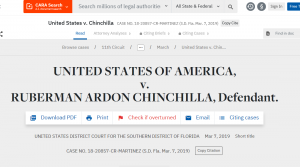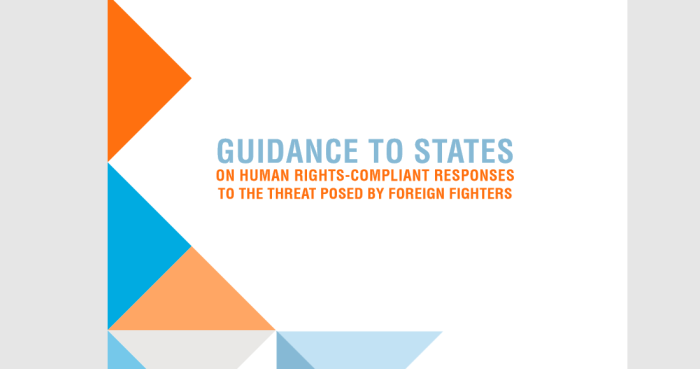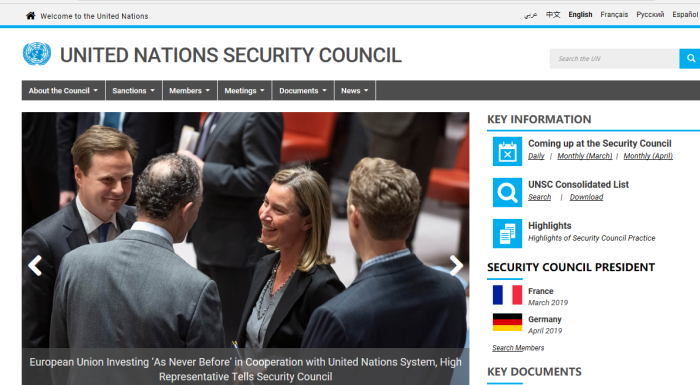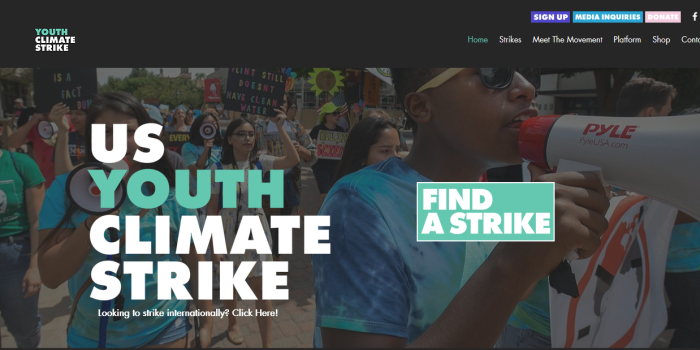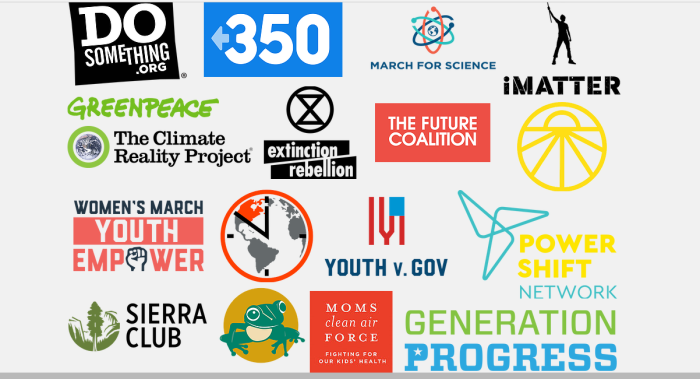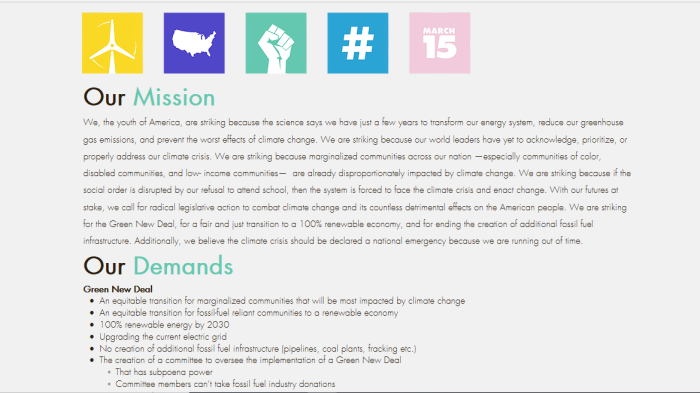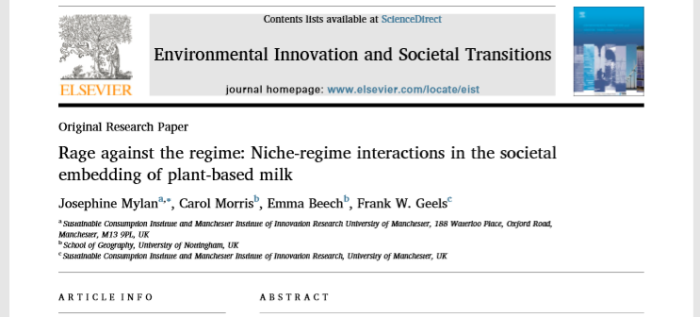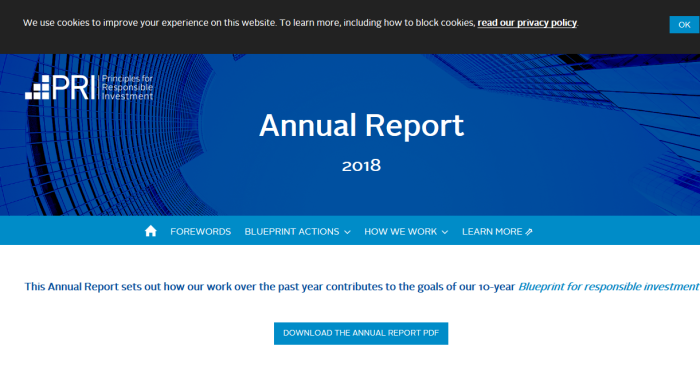Yes, this came out in 2017, but still worth a read.
Check out this amazing review of Antifa by YouTuber Matt Christiansen.
This review will mostly focus on the opening part. This is for a few reasons.
First: The book is fairly long.
Second: It gets very repetitive.
Third: You can get a good understanding just from the introduction.
Despite a resurgence of white-supremacist and fascistic violence across Europe and the United States, most consider the dead and the living to be safe because they believe fascism to be safely dead — in their eyes, the fascist enemy lost definitively in 1945. But the dead were not so safe when Italian prime minister Silvio Berlusconi described spending time in Mussolini’s prison camps as a “vacation” in 2003 or the French Front National (National Front) politician Jean-Marie Le Pen called Nazi gas chambers a mere “detail” of history in 2015.”
Assuming these details are accurate, Mark Bray lists 2 European leaders making inappropriate remarks as evidence of fascistic violence rising.
This book takes seriously the transhistorical terror of fascism and the power of conjuring the dead when fighting back. It is an unabashedly partisan call to arms that aims to equip a new generation of anti-fascists with the history and theory necessary to defeat the resurgent Far Right. Based on sixty-one interviews with current and former anti-fascists from seventeen countries in North America and Europe, it expands our geographical and temporal outlook to contextualize opposition to Trump and the alt-right within a much wider and broader terrain of resistance. Antifa is the first transnational history of postwar anti-fascism in English and the most comprehensive in any language. It argues that militant anti-fascism is a reasonable, historically informed response to the fascist threat that persisted after 1945 and that has become especially menacing in recent years. You may not walk away from this book a convinced anti-fascist, but at least you will understand that anti-fascism is a legitimate political tradition growing out of a century of global struggle.
Okay, some points to take away from this.
(1) The book’s author admits it is very partisan, and is a call to arms. And as he will show, he means it quite literally.
(2) Opposition to Trump and the Alt-Right? Seems an admission that Trump himself is not Alt-Right.
(3) Militant fascism is appropriate.
As historian Robert Paxton argued, fascists “reject any universal value other than the success of chosen peoples in a Darwinian struggle for primacy.” Even the party platforms that fascists put forward between the world wars were usually twisted or jettisoned entirely when the exigencies of the pursuit of power made those interwar fascists uneasy bedfellows with traditional conservatives. “Left” fascist rhetoric about defending the working class against the capitalist elite was often among the first of their values to be discarded. Postwar (after World War II) fascists have experimented with an even more dizzying array of positions by freely pilfering from Maoism, anarchism, Trotskyism, and other left-wing ideologies and cloaking themselves in “respectable” electoral guises on the model of France’s Front National and other parties
Bray seems not to grasp the hypocrisy here. This so-called Anti-Fascist movement does exactly that: it promotes the success of “marginalised people” in a struggle for supremacy. He is also correct about the “Left’s” claim to defend the working class is the first to be discarded.
Some historians have used this literal, minimalist definition to describe as “anti-fascist” a wide variety of historical actors, including liberals, conservatives, and others, who combated fascist regimes prior to 1945. Yet, the reduction of the term to a mere negation obscures an understanding of anti-fascism as a method of politics, a locus of individual and group self-identification, and a transnational movement that adapted preexisting socialist, anarchist, and communist currents to a sudden need to react to the fascist menace. This political interpretation transcends the flattening dynamics of reducing anti-fascism to the simple negation of fascism by highlighting the strategic, cultural, and ideological foundation from which socialists of all stripes have fought back. Yet, even within the Left, debates have raged between many socialist and communist parties, antiracist NGOs, and others who have advocated a legalistic pursuit of antiracist or anti-fascist legislation and those who have defended a confrontational, direct-action strategy of disrupting fascist organizing. These two perspectives have not always been mutually exclusive, and some anti-fascists have turned to the latter option after the failure of the former, but in general this strategic debate has divided leftist interpretations of anti-fascism.
(1) The author sees liberals and conservatives as unable to stop fascists, though he admits they are opposed to it.
(2) An interesting admission: Apparently legal and non-violent means of stopping fascism are ineffective, hence the need to turn to violence.
At the heart of the anti-fascist outlook is a rejection of the classical liberal phrase incorrectly ascribed to Voltaire that “I disapprove of what you say, but I will defend to the death your right to say it.” After Auschwitz and Treblinka, anti-fascists committed themselves to fighting to the death the ability of organized Nazis to say anything.
Thus, anti-fascism is an illiberal politics of social revolutionism applied to fighting the Far Right, not only literal fascists. As we will see, anti-fascists have accomplished this goal in a wide variety of ways, from singing over fascist speeches, to occupying the sites of fascist meetings before they could set up, to sowing discord in their groups via infiltration, to breaking any veil of anonymity, to physically disrupting their newspaper sales, demonstrations, and other activities. Militant anti-fascists disagree with the pursuit of state bans against “extremist” politics because of their revolutionary, anti-state politics and because such bans are more often used against the Left than the Right.
A lot to unpack in these passages:
(1) Anti-fascism is illiberal.
(2) Anti-fascists reject free speech ideals.
(3) Anti-fascists don’t believe “Nazis” should have the right to speak at all in any organized way.
(4) Anti-fascism opposes the far right, not just fascism.
(5) Anti-fascists will drown out speakers they don’t like.
(6) Anti-fascists will infiltrate groups they don’t like.
(7) Anti-fascists will commit violence.
Bray makes an interesting comment about bans being used more often against the left than the right. Bray seems completely unaware that his words make such a ban seem popular.
So who does Mark Bray reject?
A/ Nazis, Fascists
B/ Far right individuals
C/ Conservatives
D/ Liberals, or at least liberal beliefs
Or, to be blunt, most of the political spectrum.
Despite the various shades of interpretation, antifa should not be understood as a single-issue movement. Instead, it is simply one of a number of manifestations of revolutionary socialist politics (broadly construed). Most of the anti-fascists I interviewed also spend a great deal of their time on other forms of politics (e.g., labor organizing, squatting, environmental activism, antiwar mobilization, or migrant solidarity work). In fact, the vast majority would rather devote their time to these productive activities than have to risk their safety and well-being to confront dangerous neo-Nazis and white supremacists. Antifa act out of collective self-defense.
(1) This seems like a bogus attempt to give Antifa some legitimacy. Saying it is more than a single issue movement distracts from the harm it does to free societies. Remember, this group openly rejects free speech and liberal ideology.
(2) Just because Antifa members have other things to do with their lives doesn’t whitewash the violence they commit against speakers they disagree with.
(3) Collective self defense? Who is the collective? Antifa has written off everyone who is Liberal and any further right. And attacking people whose viewpoints you don’t like is not “self-defense”.
Finally, it is important not to lose sight of the fact that anti-fascism has always been just one facet of a larger struggle against white supremacy and authoritarianism.
The lack of self awareness here. Mark Bray advocates for a violent, illiberal, ideology that rejects free speech …. but at the same time rejects authoritarianism.
For this reason, it is vital to understand anti-fascism as a solitary component of a larger legacy of resistance to white supremacy in all its forms. My focus on militant anti-fascism is in no way intended to minimize the importance of other forms of antiracist organizing that identify with anti-imperialism, black nationalism, or other traditions. Rather than imposing an anti-fascist framework on groups and movements that conceive of themselves differently, even if they are battling the same enemies using similar methods, I focus largely on groups that self-consciously situate themselves within the anti-fascist tradition.
-Anti-fascism is just part of the bigger picture?
-Your wording is confusing. Is BLACK NATIONALISM a good thing?
-You just focus on the violent groups? Okay.
Mark Bray’s Fall 2017 Book Tour
9/16 Philadelphia: Wooden Shoe Books (w/ George Ciccariello-Maher)
9/18 Durham, NC: Duke University
9/19 Chapel Hill, NC: Flyleaf Books
9/23 Atlanta: A Cappella Books
9/25 Richmond, VA: Babes of Carytown
9/26 Highland Park, NJ: Reformed Church of Highland Park
9/27 Brooklyn: Powerhouse Arena (w/ Kim Kelly)
9/28 Baltimore: Red Emma’s
9/29 DC: Politics and Prose
10/5 Ithaca, NY: Ithaca College
10/7 Rochester, NY: Gay Alliance of the Genesee Valley
10/8 Pittsburgh: National Association of Letter Carriers Branch 84
10/9 Detroit: The International Institute of Metropolitan Detroit
10/10 Ann Arbor, MI: Ann Arbor Friends Meeting
10/11 Flint, MI: University of Michigan at Flint
10/12 Chicago: (info tbd)
10/15 Minneapolis (info tbd)
10/16 Madison, WI: A Room of One’s Own
10/17 Detroit: Wayne State University
10/18 Toronto: Workers’ Action Center, 720 Spadina Ave., Suite 223
10/19 Ottawa: Dalhousie Community Center
10/26 Woodstock, VT: Yankee Bookshop
10/27 Montreal: CÉDA, 2515 rue Delisle
10/30 Middletown, CT: Wesleyan University (see below)
No one tried to shut him down. Weak fascists.
This guy is a lunatic, who supports violent, illiberal policies, and opposes free speech. Ironic that he relies on free speech to sell his book, and to promote his ideas.
That was just the introduction covered. But Bray repeatedly conflates speakers and ideas he doesn’t like with fascists. He also conflates right wingers with Nazis and fascists.
Could Antifa Logic Shut Down Antifa?
Serious thought: if you say that violence must be used to prevent violence from happening, could groups of people not pre-emptively attack you? This is the precedent you set.

